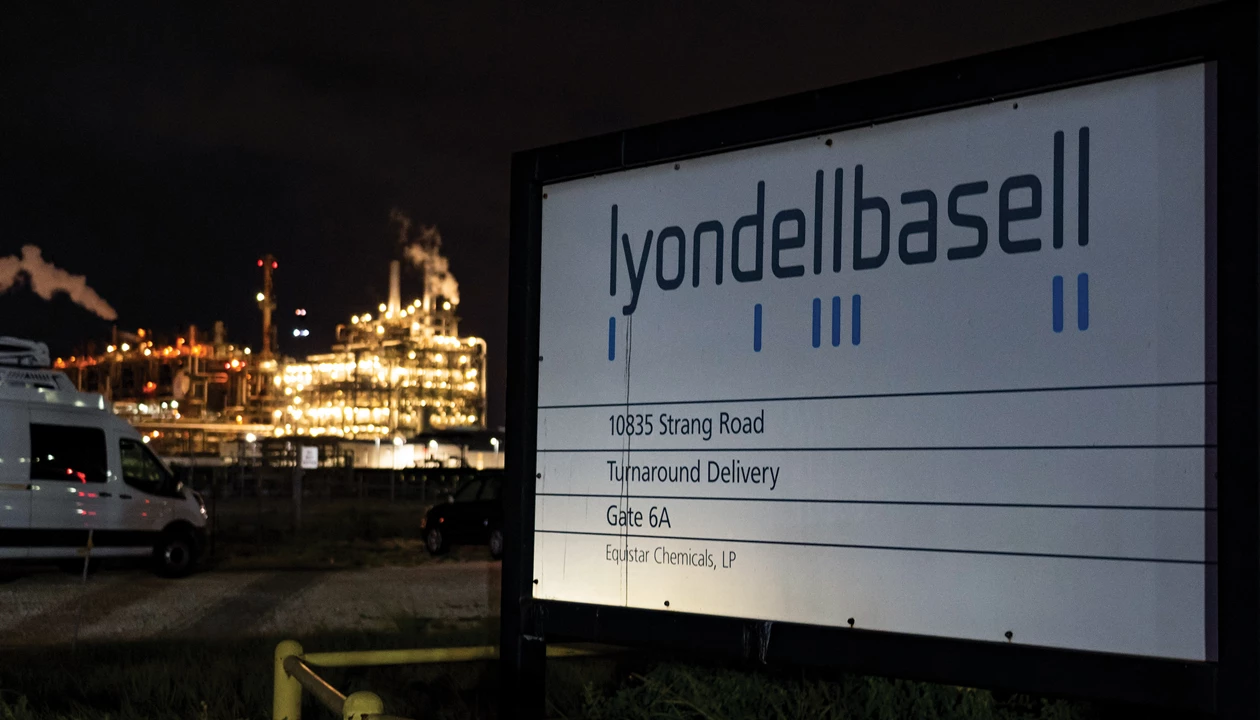Whether chemical companies had a successful second quarter depended on their place in the industry. If they were involved in petrochemicals, they were still trying to pull themselves out of an extended business trough, some by cutting back on spending. But companies in other sectors, like agriculture and electronics, performed much better.
LyondellBasell Industries exemplified the problems faced by petrochemical makers. It posted an 11.8% decline in sales and a 72.1% drop in earnings for the quarter versus the year-ago period.
Nevertheless, CEO Peter Vanacker’s outlook is upbeat. He told analysts during an Aug. 1 conference call that demand for LyondellBasell’s key product, polyethylene, has been strong in North America. Naphtha feedstock prices have eased in Europe, improving profitability there, he said. And possible stimulus and capacity-cutting programs in China could trim oversupply in Asia.
SECOND-QUARTER RESULTS
Most chemical companies saw earnings dip during the period.
To conserve cash, LyondellBasell is reducing its 2026 capital spending budget by $300 million, to $1.4 billion. The savings will come largely from deferring construction of a metathesis project planned for Channelview, Texas. The plant, which has already been engineered and designed, will make propylene from ethylene.
LyondellBasell is also delaying a final investment decision for a plastics recycling plant it has been considering for Houston. The facility would be about twice the size of the firm’s first such plant, which it is constructing in Germany.
After a weak second quarter, Dow, which is in businesses similar to those of LyondellBasell, said it would cut its dividend. The cut is the latest in a series of cost-saving moves for the firm that include layoffs, plant closures, and a delay of its landmark Canadian ethylene expansion project.
Some firms point to the tariff policies of the Donald J. Trump administration as an explanation for the sluggish quarter. “The economic environment remains challenging: geopolitical tensions and new trade barriers unexpectedly increased pressure in the second quarter,” Covestro CEO Markus Steilemann says in the company’s earnings announcement. “We are also seeing the consequences: overcapacity, tougher price developments, and hardly any economic momentum.” Covestro recorded an 8.4% drop in sales and an earnings loss for the quarter.
Mark Costa, the CEO of Eastman Chemical, which posted declines of 3.2% in sales and 25.6% in earnings, offered a critique of US trade policy on an Aug. 1 conference call with stock analysts.
“There is aggressive dumping by some countries, especially overcapacity out of China and trans-shipping to avoid tariffs. So there are real issues here for this industry that need to be addressed,” Costa said. “But those, while very serious, need a strategic approach, and the challenge that we’re having broadly right now is that the trade strategy applying to all countries in the world at the same time may create more economic harm than what’s necessary.”
Companies more involved in specialty chemicals posted better results. Although BASF’s chemical business was weak, the company had a strong showing in agricultural chemicals and its environmental catalyst business.
DuPont had a strong quarter, posting a sales increase of 2.7% and a 15.5% rise in earnings. The gains came partly from the firm’s electronic materials business, set to spin off in November as a new company called Qnity. DuPont’s remaining water and health-care business also performed well.
On DuPont’s earnings call, CEO Lori Koch was asked whether the company would divest its aramid fiber business, which makes Kevlar and Nomex. Koch wouldn’t comment on the market speculation directly, but she did say that after the electronics spin-off, the company would focus on health care and water.
Chemours also had a strong quarter, reporting a 50% jump in earnings. One driver of the results was strong sales of hydrofluoroolefin-based refrigerants as replacements for hydrofluorocarbons in stationary air-conditioning.
Chemical & Engineering News
ISSN 0009-2347
Copyright ©
2025 American Chemical Society
